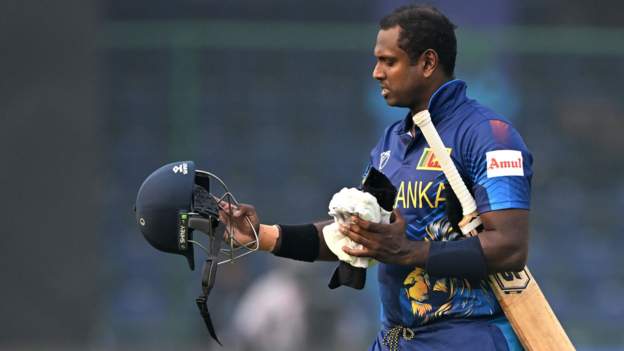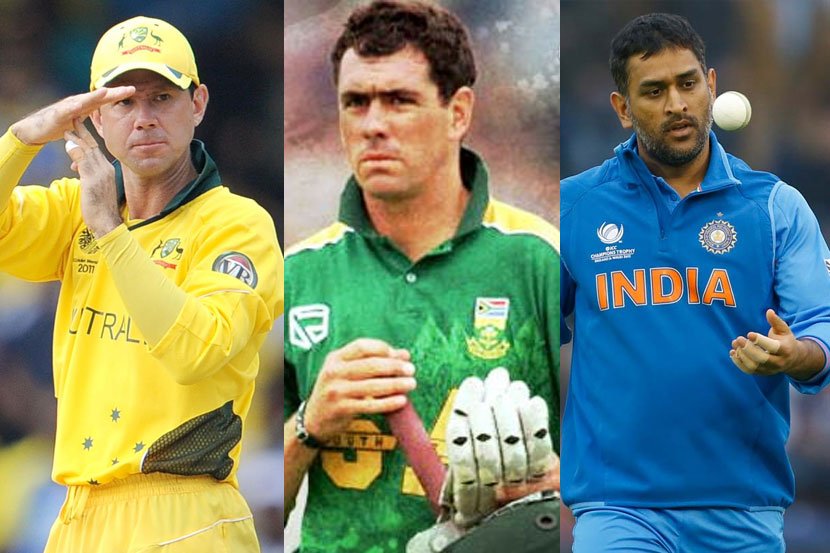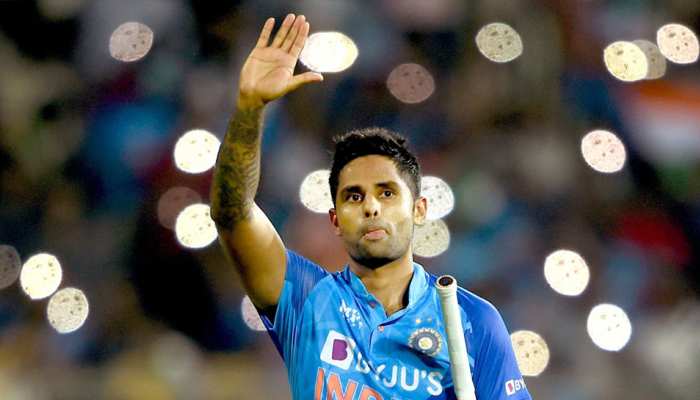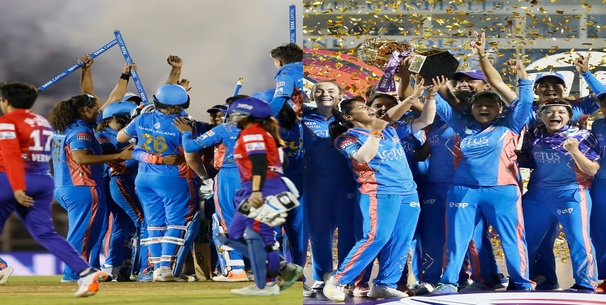At the Arun Jaitely Stadium in Delhi, during a World Cup 2023 match against Bangladesh, all-rounder Angelo Mathews of Sri Lanka submitted screenshots of ‘visual proof’ to refute the umpire’s decision on his controversial and historically timed-out dismissal.
Mathews was handed a time-out in an unprecedented move that has never been seen in international cricket following an appeal by Bangladesh skipper Shakib Al Hasan. That occurred in the 25th over of Sri Lanka’s innings. Shakib has just dismissed Sadeera Samarawickrama from the game with the second ball of his over. Before Mathews could let down his guard, he realized that the strap on his helmet was broken. He asked for a substitute without first obtaining the umpires’ approval. Mathews was seen throwing his helmet upwards and flinging his gloves and bat aside in a fit of rage as he entered the dugout. In the history of international cricket, he became the first player to be timed out. What is the rule regarding timed-out dismissals in cricket?
The rules of the game explicitly stipulate that the batter must be prepared to face the first ball within three minutes of the last dismissal; hence, Shakib and the Bangladeshi players were right to file an appeal. When it comes to World Cups, the duration is two minutes. A possible blackout for the batter due to equipment malfunction is not mentioned in the playing circumstances. Is there any possibility that Shakib withdrew the appeal? Shakib was questioned twice by the on-field umpires, but the skipper of Bangladesh chose to stick with his choice, was later disclosed. Should the umpires have used their discretion to give Mathews the benefit of the doubt in light of his broken helmet strap when Shakib refused to drop the appeal?
The fourth umpire clarifies that Mathews was timed out prior to the breakage of the helmet’s strap.
Fourth umpire Adrian Holdstock clarified the situation by stating that Mathews had already gone over his two minutes allotted before having issues with his helmet strap.
The ICC World Cup playing conditions take precedence over the MCC cricket laws. In an interview with former West Indies pacer Ian Bishop, Holdstock made it clear that, within two minutes of a timed out, wicket falling, or even a batter retiring, the incoming batsman or his partner had to be in place and prepared to receive the ball.
“We follow certain protocols, whereby the TV umpire watches the two minutes at the wicket’s fall. He will then communicate the message to the umpires who are on the field. Furthermore, the fourth umpire stated that even before the strap became a problem for the hitter in the afternoon incident, he was not prepared to receive the ball within those two minutes.
“Yes, that’s right, two minutes had passed before he had received the next delivery,” he replied in response to Bishop’s follow-up question regarding the timings.
In compliance with the regulations, the fielding captain made the first move to appeal for a timed-out call to Erasmus, the stand-in umpire. The captain fielding called for a timeout shortly after the strap fell loose.
It is your responsibility as a batter to make sure you have everything you need before coming to this spot. It’s actually not that you need to get ready or get ready to take your guard; you just need to be prepared to receive the ball in two minutes. In theory, you ought to arrive there in fifteen seconds or less to ensure that everything is set up before you actually catch the ball,” he continued.
In contrast, Mathews asserts that he has video evidence to back up his statements.
But Mathews would not accept that. He made his point rather evident on social media.
“This fourth umpire is incorrect! I had five more seconds, according to the video evidence, even after the helmet broke! Please have the fourth umpire correct this. In response to an ICC article regarding the reactions to the dismissal, he said on X, “I mean, safety is paramount, as I just couldn’t face the bowler without a helmet.”
Consequently, I had five extra seconds after breaking my helmet between the time the catch was made and when I entered the crease, based on the video evidence. We’re talking about player safety, so tell me if it’s OK for me to stand watch without my helmet on.
Because they could have at least checked, I believe the umpires at the time had a greater responsibility. We now discuss player safety. Additionally, a spinner’s wicketkeeper is not permitted to keep without a helmet. So, without my helmet, how can I assume my guard? It’s a total malfunction of the device,” Mathews stated.
Regarding the game, Sri Lanka scored 279 off of a century from Charith Asalanka. Shakib scored an incredible 82 off 65 balls in response, while Najmul Shanto hit 90, helping Bangladesh reach home with 8.5 overs remaining and three wickets remaining.



